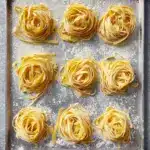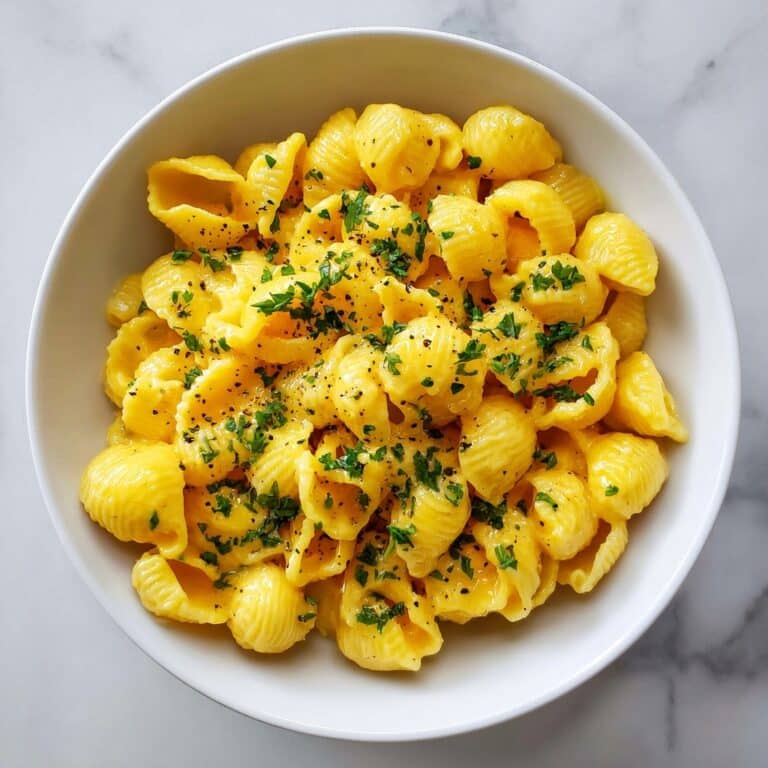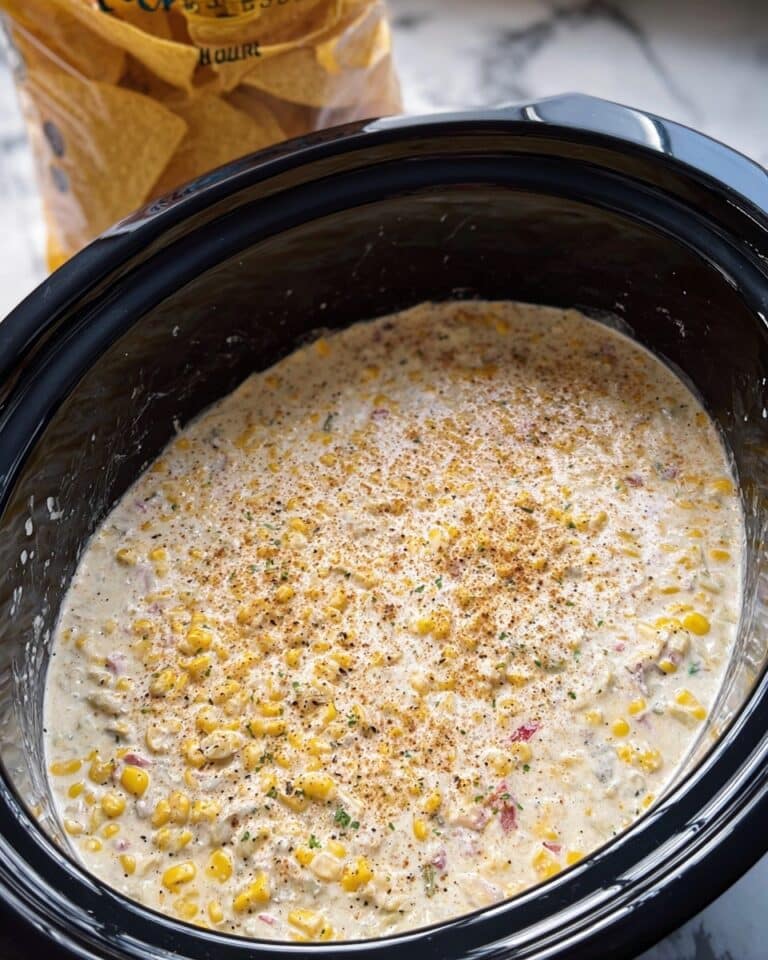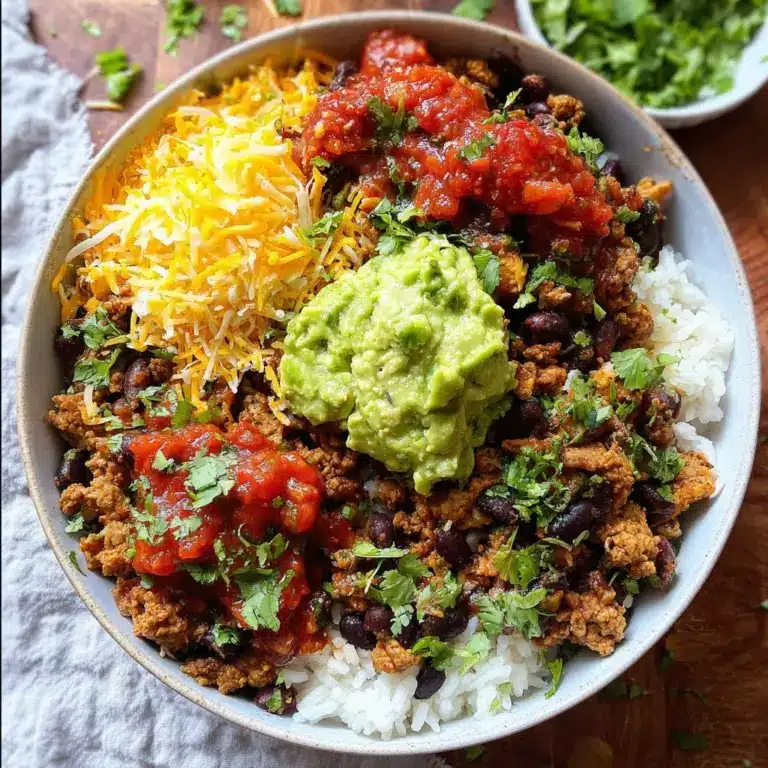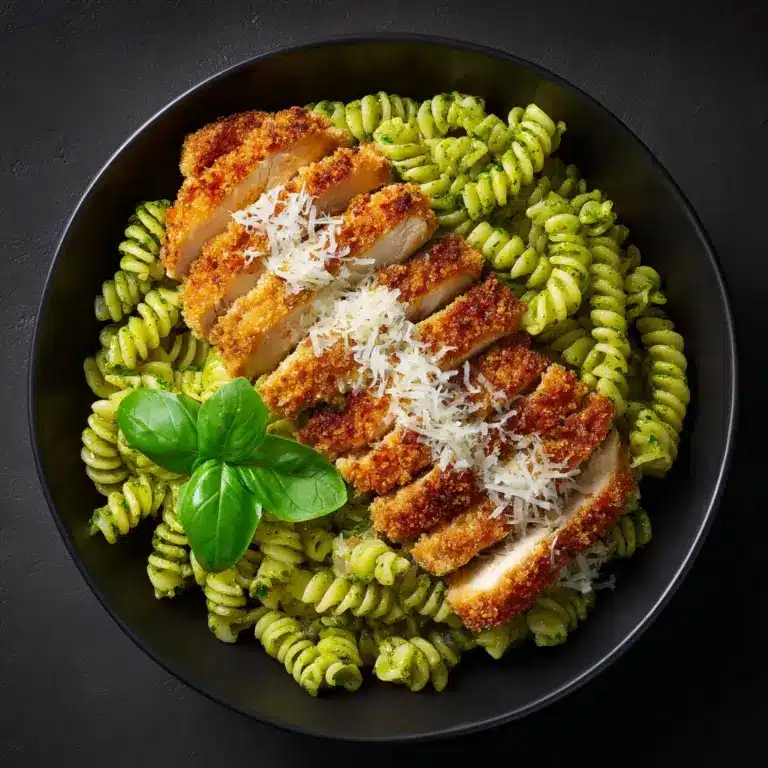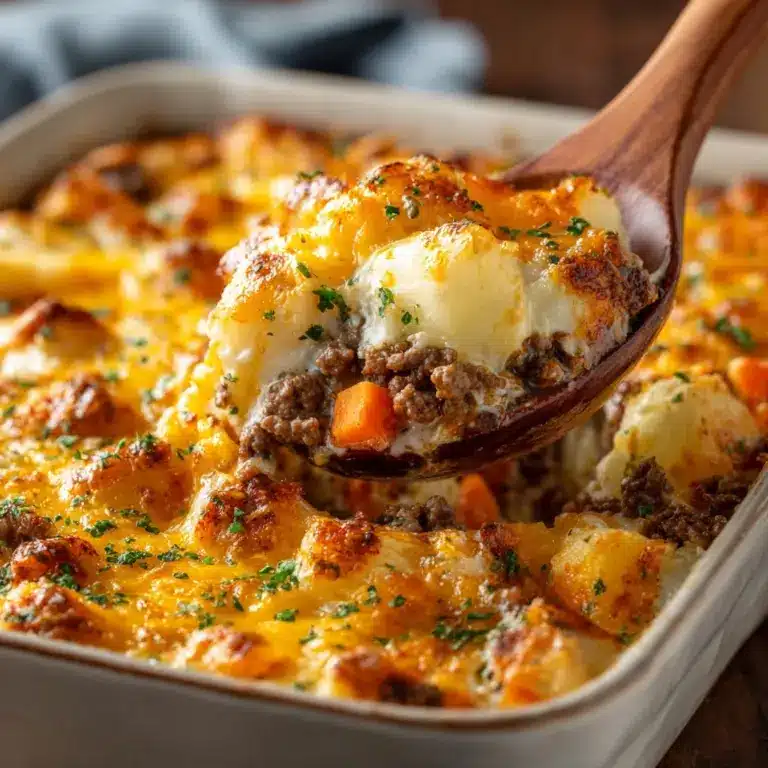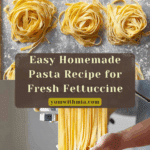Homemade Pasta Recipe
If you’ve never tried making Homemade Pasta before, get ready for a delightful adventure in your own kitchen! There is something truly magical about transforming a few humble ingredients into silky, tender noodles that are a world apart from anything store-bought. Whether you love the meditative joy of kneading dough or the thrill of savoring fresh pasta straight from the pot, this Homemade Pasta recipe delivers comfort, creativity, and unbeatable flavor all in one rewarding experience.
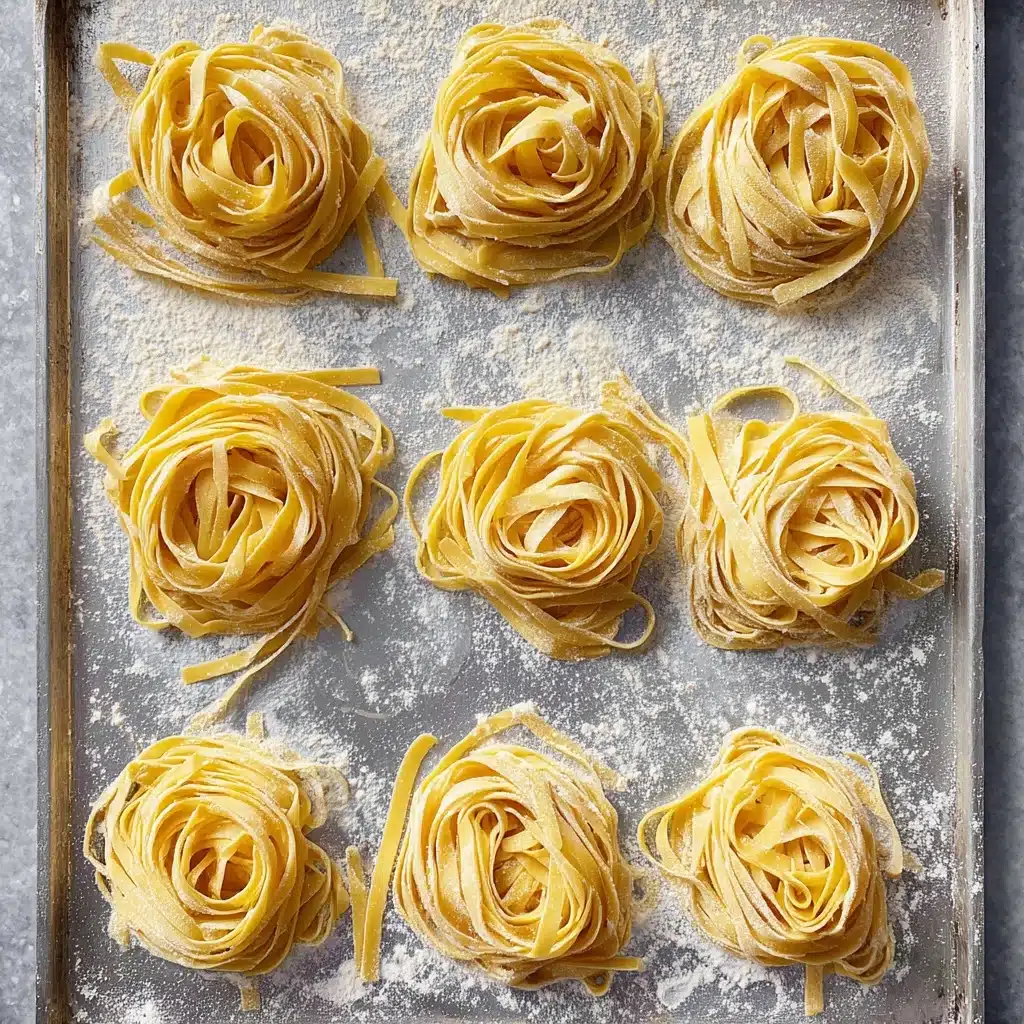
Ingredients You’ll Need
The best part about Homemade Pasta is how it celebrates simplicity. Each ingredient has a starring role, contributing to the tender texture, golden color, and subtle flavor of your noodles. Here’s what you’ll need and why each one matters:
- All-purpose flour: This provides structure and chew; sift or spoon to keep it light and airy for the silkiest pasta.
- Large eggs: Eggs add richness, color, and binding power for classic Italian pasta dough.
- Sea salt: Just a touch deepens flavor and enhances the natural taste of the flour and eggs.
- Extra-virgin olive oil: This adds a hint of fruitiness and helps create a supple, easy-to-work dough.
How to Make Homemade Pasta
Step 1: Make a Flour Nest
Start by pouring your flour onto a clean work surface and mound it up into a little hill with a well, or “nest,” in the center. This is not just tradition—it helps to keep the egg mixture corralled as you gradually mix everything together. Add your eggs, olive oil, and sea salt to the center, and gently break up the eggs with a fork, drawing in flour from the edges bit by bit. This helps the dough come together gradually for a smooth blend and less mess.
Step 2: Bring the Dough Together
Once most of the flour is moistened and things start to look a bit shaggy, it’s time to switch to your hands. Gently work the dough until you’ve formed a rough, sticky ball. This part is a little messy but so satisfying! If the dough seems dry, wet your fingertips and sprinkle a tiny bit of water as needed. If it’s sticking everywhere, a dusting of flour will tame things quickly.
Step 3: Knead, Knead, Knead!
Move your dough to a floured surface and knead for 8 to 10 minutes—it’ll feel a bit dry at first but trust the process! As you knead, the gluten develops, turning your dough into a soft, elastic ball. This is the moment when Homemade Pasta starts to become silky. Once it’s smooth, wrap your dough in plastic and let it rest at room temperature for 30 minutes. This is crucial for easy rolling and perfect texture.
Step 4: Prepare Your Workspace
While the dough is resting, dust two baking sheets generously with flour and set those aside. These will be your landing pads for all those beautiful sheets and ribbons of pasta you’re about to make. Keeping everything floured prevents sticking and frustration later!
Step 5: Divide and Flatten
Once rested, slice the dough into four equal pieces. Flatten one into a rough oval. You’ll work with one at a time and keep the rest covered so they don’t dry out. This step makes rolling out the dough so much easier and ensures you end up with manageable, workable pieces.
Step 6: Roll Out the Dough
Using your pasta roller (or a rolling pin and muscles), start on the widest setting and run the dough through three times. This gets it pliable. Next, fold the edges in to meet the center, then fold the dough in half so you end up with a rectangle. This clever folding helps create straight edges and gives your noodles an even texture. Lay it back on your work surface before moving to the next step.
Step 7: Thin Out the Pasta Sheets
Now, gradually roll the dough thinner, passing it through the roller three times on each setting: level 2, then level 3, and finally one time each on levels 4, 5, and 6. It will get longer and silkier each time, and you’ll see those golden flecks of egg shining through—pure Homemade Pasta magic!
Step 8: Fold and Flour
Lay half the rolled pasta sheet on your floured baking sheet, dust the surface gently with flour, fold the other half on top, then sprinkle another layer of flour. This is key for keeping the sheets from sticking together before cutting them. Repeat with all four pieces of dough.
Step 9: Cut and Cook
Use your pasta cutter (fettuccine is classic, but any style works!) to turn those sheets into ribbons. Drop your fresh Homemade Pasta into a big pot of salted boiling water and cook for just 1 to 2 minutes. They cook lightning fast, so keep an eye out—fresh pasta should be al dente but still tender.
How to Serve Homemade Pasta
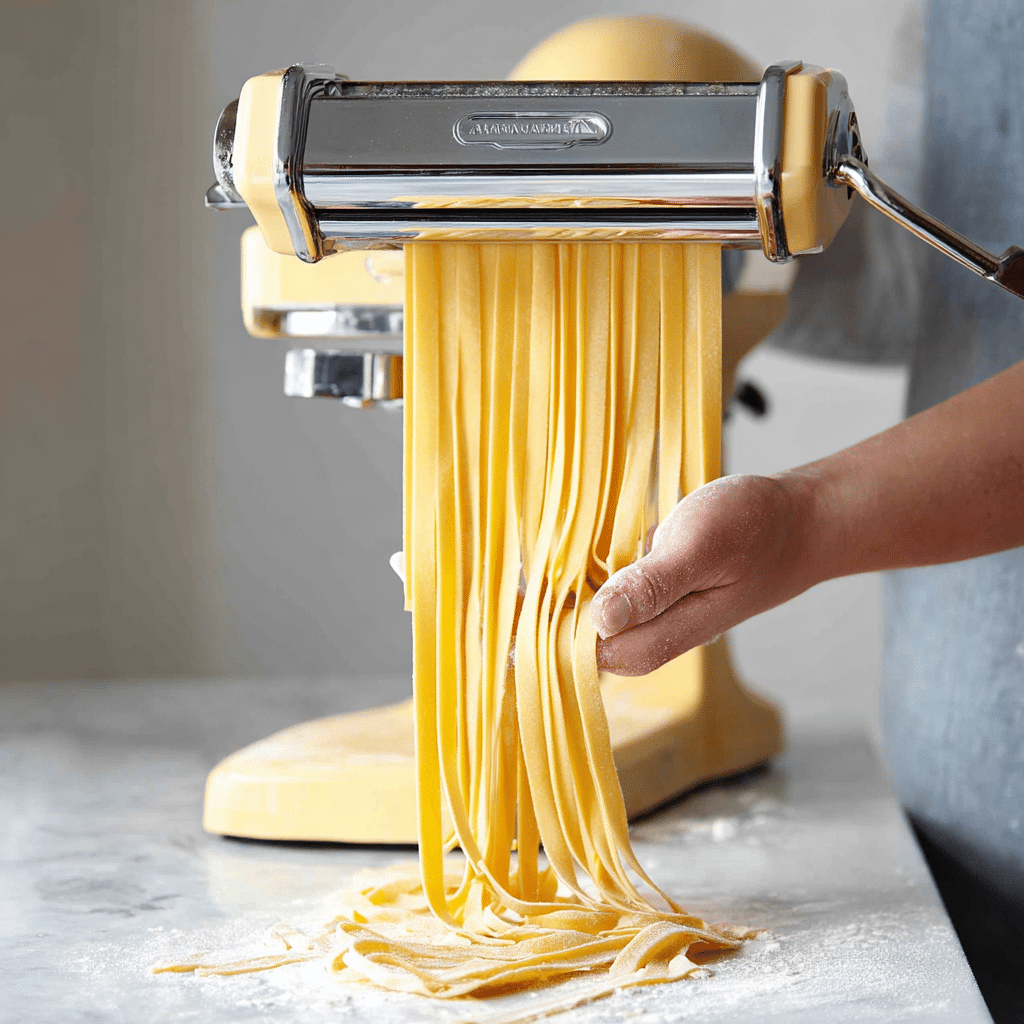
Garnishes
When it comes to finishing touches, simplicity shines. A drizzle of extra-virgin olive oil, a shower of freshly grated Parmesan, a sprinkle of cracked black pepper, or a smattering of torn basil leaves are all you need to make your Homemade Pasta sing. If you love a little zest, finish with lemon zest or a pinch of red pepper flakes for an extra pop.
Side Dishes
Fresh Homemade Pasta pairs beautifully with simple sides that don’t compete with the delicate flavor. Think buttery garlic bread, a crisp green salad with lemon vinaigrette, or roasted seasonal vegetables. These clean accompaniments highlight the pasta’s star quality and round out your meal with fresh, complementary flavors.
Creative Ways to Present
If you want to wow your guests or simply treat yourself, try nestling your Homemade Pasta into dramatic twirls on the plate or serving it in shallow bowls topped with roasted vegetables. For a charming dinner-party presentation, set out bowls of various toppings—herby breadcrumbs, slow-roasted tomatoes, or sautéed greens—and let everyone build their own signature dish.
Make Ahead and Storage
Storing Leftovers
If you have any leftover Homemade Pasta (lucky you!), let it cool, then toss the noodles lightly with olive oil to prevent sticking. Store in an airtight container in the fridge and enjoy within two days. The texture will soften a bit, but the flavor remains luscious and comforting.
Freezing
Homemade Pasta is a gift to your future self! Lay uncooked pasta noodles out in a single layer on a floured baking sheet and freeze until firm, then transfer to a zip-top bag or container. Frozen noodles will keep for up to two months, ready for you to cook straight from the freezer for a quick, impressive meal.
Reheating
To reheat cooked pasta, briefly dunk the noodles into boiling water for 30 seconds to one minute, just until warmed through. Avoid the microwave if possible, as it can make homemade noodles mushy. For frozen pasta, add straight to boiling water and cook until tender—just a minute or two extra is all you need.
FAQs
Do I need special equipment to make Homemade Pasta?
Nope! While a pasta maker definitely makes rolling easier, you can absolutely roll out the dough by hand with a rolling pin. The key is to be patient and dust the dough and surface with flour as you go. A sharp knife or pizza cutter can easily cut your noodles, too.
Why does my pasta dough feel too dry or too sticky?
Pasta-making is a bit of an art—humidity, flour brand, and egg size can all change how your dough feels. If it’s dry and crumbly, add a few drops of water and knead again. If it’s sticky, dust with a bit more flour until it’s just barely tacky and easy to knead.
Can I flavor my Homemade Pasta dough?
Absolutely! Add herbs like finely chopped basil or parsley, a pinch of saffron, or even a tablespoon of tomato paste for a colorful twist. Just mix your chosen flavors into the eggs before incorporating them into the flour.
How thick should I roll my pasta sheets?
For fettuccine or tagliatelle, aim for a thickness of about 1/16-inch (as thin as a coin). If making stuffed pastas like ravioli, roll even thinner. Remember, Homemade Pasta plumps a bit when it cooks, so go thinner than you think!
Is it worth making Homemade Pasta if I’m short on time?
While it does take a bit of effort, you can speed things up by rolling and cutting smaller batches—or by making dough ahead and storing it in the fridge. The flavor and texture payoff is so satisfying, you may find yourself making it even on weeknights!
Final Thoughts
Pulling a batch of Homemade Pasta from your own kitchen is deeply rewarding and always worth the little extra time. I encourage you to give it a try—you’ll be amazed at how accessible and enjoyable the process can be, and how incredible truly fresh pasta tastes. Enjoy your noodles, and happy cooking!
PrintHomemade Pasta Recipe
Learn how to make delicious homemade pasta from scratch with just a few simple ingredients and basic kitchen tools.
- Prep Time: 40 minutes
- Cook Time: 2 minutes
- Total Time: 42 minutes
- Yield: 4 servings 1x
- Category: Main Course
- Method: Mixing, Kneading, Rolling, Cutting
- Cuisine: Italian
- Diet: Vegetarian
Ingredients
Dough:
- 2 cups all-purpose flour (spooned & leveled)
- 3 large eggs
- ½ teaspoon sea salt
- ½ tablespoon extra-virgin olive oil
Instructions
- Prepare the Dough: Create a nest with the flour on a clean surface. Add eggs, olive oil, and salt. Gently mix with a fork, incorporating flour gradually. Knead the dough until smooth.
- Rest the Dough: Shape the dough into a ball, wrap it, and let it rest for 30 minutes.
- Roll the Dough: Divide the dough, flatten into disks, and run through a pasta roller progressively to desired thickness.
- Cut the Pasta: Use a pasta cutter to create noodles. Cook in boiling water for 1-2 minutes.
Nutrition
- Serving Size: 1 serving
- Calories: 300
- Sugar: 1g
- Sodium: 300mg
- Fat: 5g
- Saturated Fat: 1g
- Unsaturated Fat: 3g
- Trans Fat: 0g
- Carbohydrates: 55g
- Fiber: 2g
- Protein: 10g
- Cholesterol: 140mg
Keywords: homemade pasta, fresh pasta, pasta from scratch, Italian pasta recipe

